Nritya Ganapati (“Dancing Ganapati”) is an extraordinary representation of the God. Ganesha loves to entertain Shiva and Parvati by dancing for them.
he is often depicted with one foot stretched to the left or right, while the hip opposite thrusts outward, suggesting a sense of movement. Still others show Ganesha dancing tiptoe on one leg, the other leg lifted and bent sideways at the knee, in an exquisitely poised stance reminiscent of his father Shiva as Nataraja, Lord of Dance. Typically, Ganesha’s four arms hold a goad, a noose, a sweetmeat and his broken tusk.
he is often depicted with one foot stretched to the left or right, while the hip opposite thrusts outward, suggesting a sense of movement. Still others show Ganesha dancing tiptoe on one leg, the other leg lifted and bent sideways at the knee, in an exquisitely poised stance reminiscent of his father Shiva as Nataraja, Lord of Dance. Typically, Ganesha’s four arms hold a goad, a noose, a sweetmeat and his broken tusk.
At a deeper level, it helps to remember that dance in Hinduism is spiritually significant. The endless cycle of birth, existence and death, called samsara is a prominent theme in classical Indian dance. As patron of the arts, Ganesha is invoked at the start of classical dance performances, particularly Bharatanatyam.
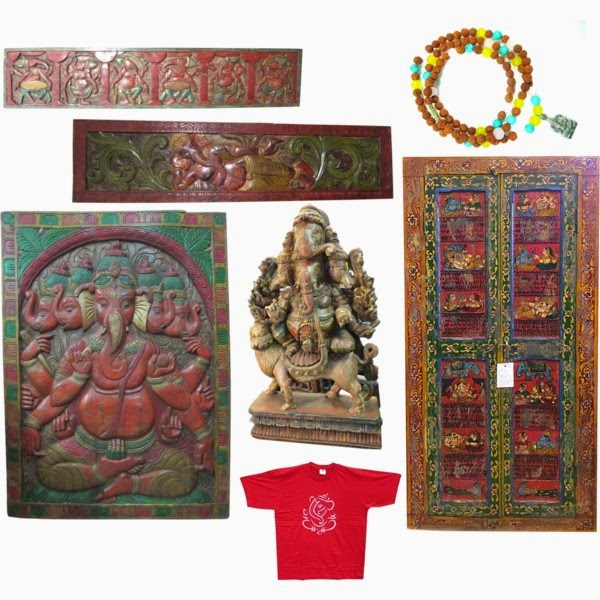









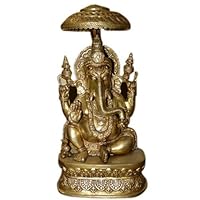

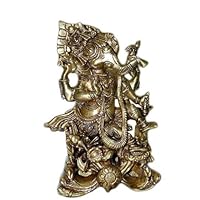
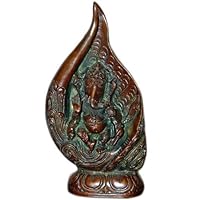



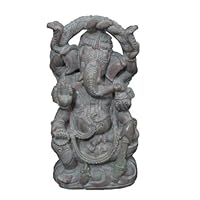
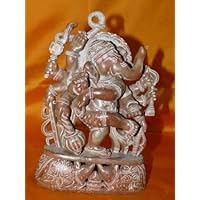
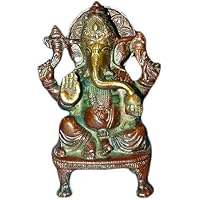

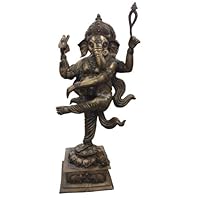
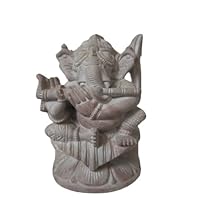



No comments:
Post a Comment